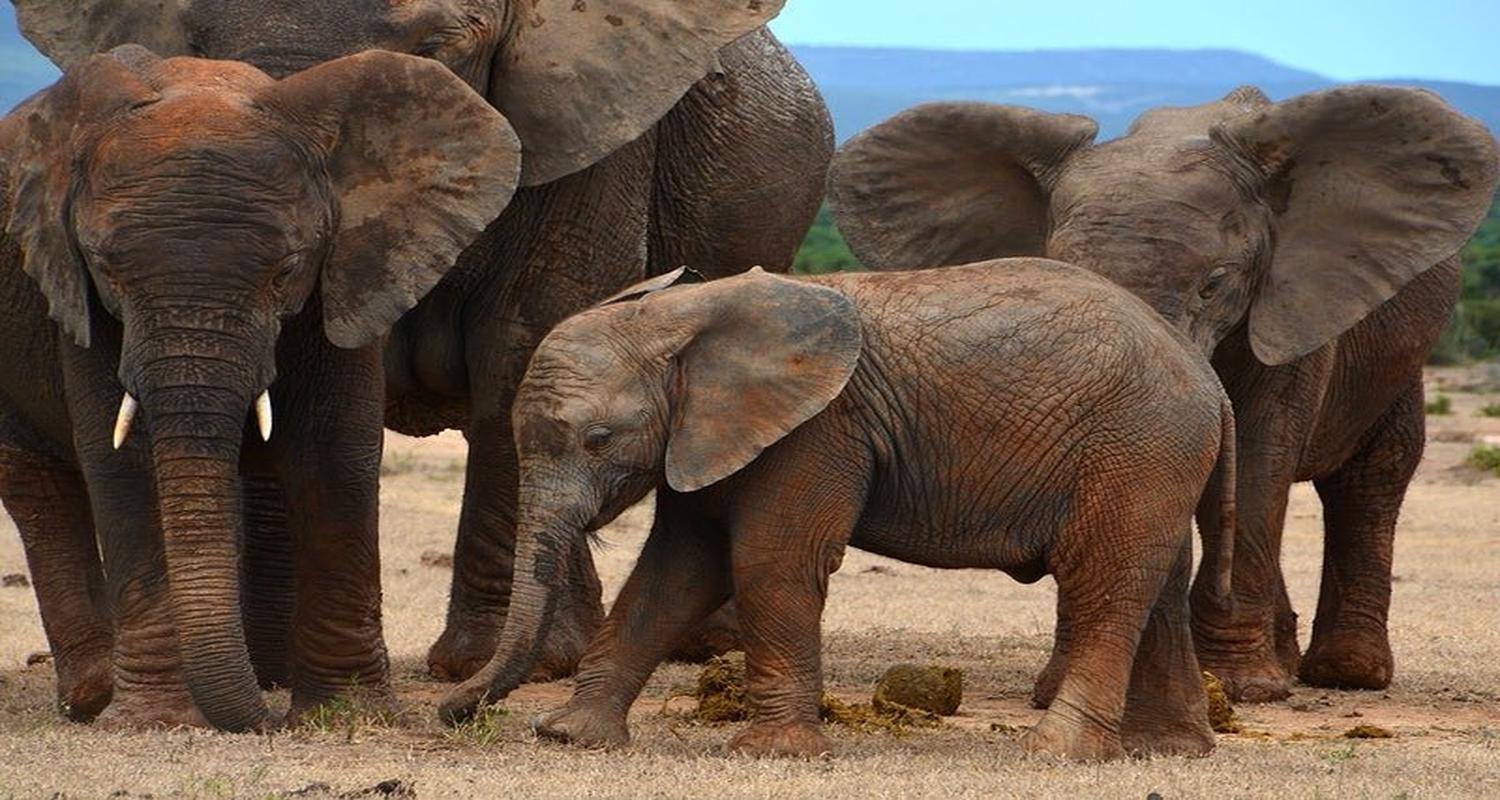22 Elephant Microhabitats will be launched in Bengal
by GovernBetter Desk | 4 min read
Microhabitats
Wildlife
The microhabitat initiative in Bengal highlights the importance of sustainable and proactive wildlife conservation efforts.

In a groundbreaking step toward wildlife conservation, the West Bengal Forest Department is creating 22 ‘microhabitats’ across the forests of Bankura, Purulia, West Midnapore, and Jhargram districts in South Bengal. These specialized habitats aim to provide a safe and enriched environment for elephants, addressing the rising incidents of human-elephant conflict caused by habitat loss and deforestation.
The Microhabitat Project: A Dream Home for Elephants
The microhabitats are designed to support the natural needs of elephants, including access to food and water, thereby reducing their tendency to stray into human settlements.
Key Features of the Microhabitats:
-
Enriched Vegetation:
-
Planting trees and plants preferred by elephants, such as mahua, mango, bel, bora, neem, bamboo, shimul, and banana.
-
Water Resources:
-
Creation of large water bodies for drinking and bathing, ensuring elephants’ hydration and overall well-being.
-
Safe Haven:
-
Providing elephants with a natural and sustainable environment where they feel secure and do not venture into villages.
Addressing Human-Elephant Conflict
With over 800 elephants in Bengal, the state has faced frequent conflicts between humans and elephants.
-
In 2024, 13 people were killed, and crops on a few hundred acres were destroyed due to elephants straying into villages.
-
In 2023, 24 people lost their lives in similar incidents.
Key Challenges Faced by Elephants:
-
Habitat Loss: Deforestation and human encroachment disrupt migratory routes.
-
Desperate Measures: Frightened villagers resort to harmful tactics, like throwing flaming spears or using bulldozers, to chase away elephants, leading to tragic incidents.
Notable Incidents:
-
In August 2024, a pregnant elephant was killed by flaming spears thrown by villagers in Jhargram.
-
Earlier this year, an elephant in Jalpaiguri was seriously injured when villagers used a bulldozer to drive it away.
As part of a pilot initiative, seven elephant-friendly ponds were dug in the Barjora forest area of Bankura. The results have been encouraging:
-
The availability of food and water has significantly reduced elephant raids into nearby villages.
-
Elephants have shown a tendency to return to locations they recognize as reliable resource hubs, thanks to their exceptional memory.
The Road Ahead
The full development of these microhabitats is expected to take five years, but forest officials believe elephant herds will begin using them within three years.
If successful, this project could serve as a national model for other regions facing similar challenges, balancing conservation with human safety.
Long-Term Vision:
-
Reduce Conflict: By providing elephants with sustainable habitats, the project aims to minimize human-elephant encounters.
-
Promote Coexistence: Foster peaceful coexistence between humans and wildlife.
-
Set a National Example: Create a replicable model for elephant conservation across India.
The microhabitat initiative in Bengal highlights the importance of sustainable and proactive wildlife conservation efforts. By restoring and enriching elephant habitats, the state is taking a significant step toward reducing conflicts and ensuring the well-being of both elephants and humans. This project underscores the need for long-term solutions that prioritize coexistence and sustainable development, serving as a beacon of hope for wildlife conservation efforts across the nation.
Contact Us. We'd love to hear from you!

GovernBetter
An unconventional governance innovation lab, working at the intersection of policies, data and impact collaborating with governments, civil society, academia and international organization to strengthen democratic institutions, improve service delivery, and make public policy more transparent, inclusive, and effective with specific focus on emerging technologies.
Quick Links
Copyright © GovernBetter 2025